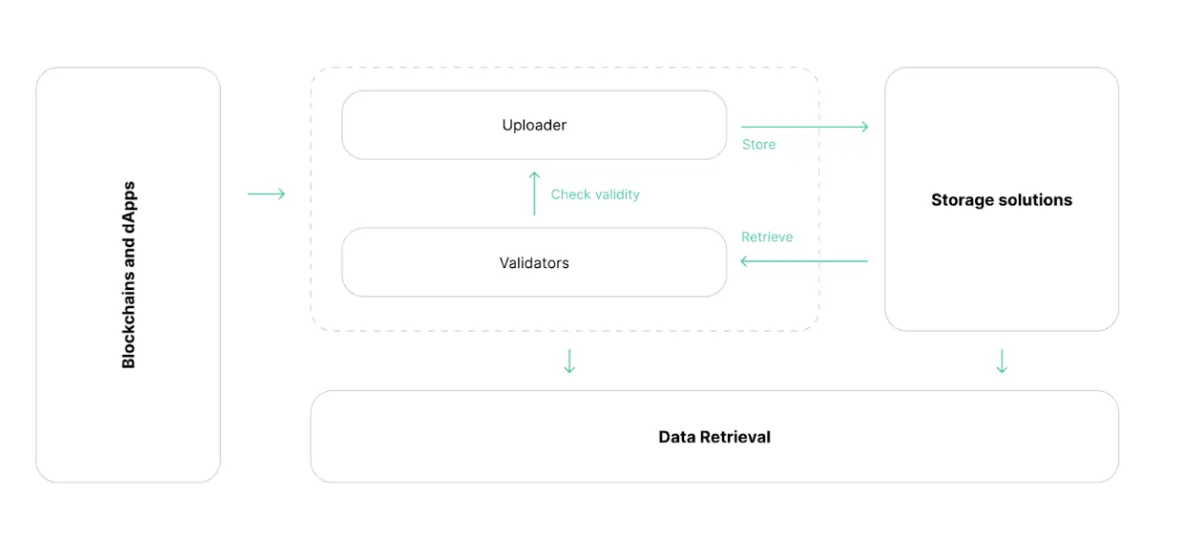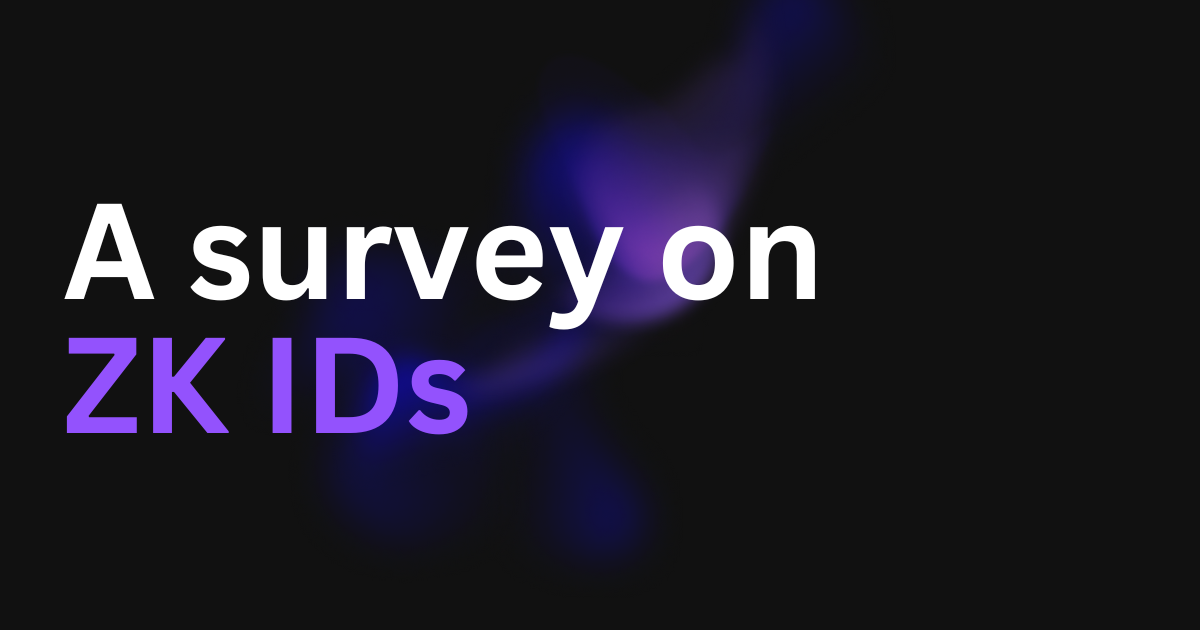What is KYVE?
What is KYVE?
Intro
As Bitcoin is already approaching its 15th birthday and other blockchains continue to age, the increasing volume of data filling blocks poses a significant challenge. The cost of maintaining a full node has risen substantially due to the need for expanding storage capacity to store the entire blockchain. Consequently, the number of full nodes has declined in favour of light nodes, which store only a portion of the blockchain and rely on full nodes periodically to retrieve older data. However, this shift towards light nodes raises concerns about centralization. The security of the network heavily depends on full nodes, which hold information about all transactions since the blockchain’s inception.
KYVE is actively addressing this issue, making it their primary focus. They aim to position themselves as a critical player in the decentralised data storage landscape.
Sign up for our quarterly State of ZK report
Thank you!
We have sent you an email.
What is KYVE doing?
Basically, KYVE is an intermediary between a blockchain and a decentralised storage solution, like Arweave. Its objective is to connect a network node to Arweave in a trustless way, thanks to the validators of KYVE protocol that are constantly verifying that the information hasn’t been modified before the upload. Once the data is permanently stored on Arweave, everybody can easily access it directly through Kyve or other indexing protocols like The Graph.
To draw a parallel with the centralised world, we can consider Arweave as the hard drive, KYVE as the servers, and The Graph as the equivalent of Google.

How is KYVE working?
KYVE establishes storage pools for specific data sources through governance votes. Each storage pool corresponds to a particular source of data, such as Ethereum or Bitcoin, where their respective blocks are stored.
Within each pool, there is a single uploader responsible for uploading the data, overseen by multiple validators, which are checking that the data uploaded on Arweave by the uploader is correct.
Now, let’s explore the complete process in detail. Let’s say there is a validator node on Ethereum that intends to store the data of the block it just created using KYVE. The validator will request the uploader to download the block content and store it in the designated storage pool. Then to complete the verification process, the validators will retrieve the data from Arweave and compare it with the data provided by the data source, which is the Ethereum node.
If the data hasn’t been modified, then everyone knows for sure that the block data stored onto Arweave is correct and can access it directly through KYVE or with an indexing protocol like The Graph.
In the event that the data has been tampered with by the uploader or if a validator falsely claims it has, the malicious actor will face a slashing penalty, resulting in a partial loss of their stake.
We can describe storage pools as a system that operates with a mechanism similar to Proof-of-Stake blockchains, ensuring the security and accuracy of the stored data.
Conclusion
With a thriving community of over 43,000 users on its incentivized testnet, a successful mainnet launch on March 14th, and strong support from notable projects such as the Interchain Foundation (Cosmos), Near, Arweave, Avalanche, and Solana, KYVE is poised for a promising future. It has the potential to be the essential component for decentralised data access that has been missing. To witness KYVE in action click here: KYVE mainnet.
How to stake KYVE tokens
You can stake your KYVE tokens with ZK Validator to support privacy while earning rewards: Stake KYVE tokens here.
Sign up for our quarterly State of ZK report
Thank you!
We have sent you an email.




